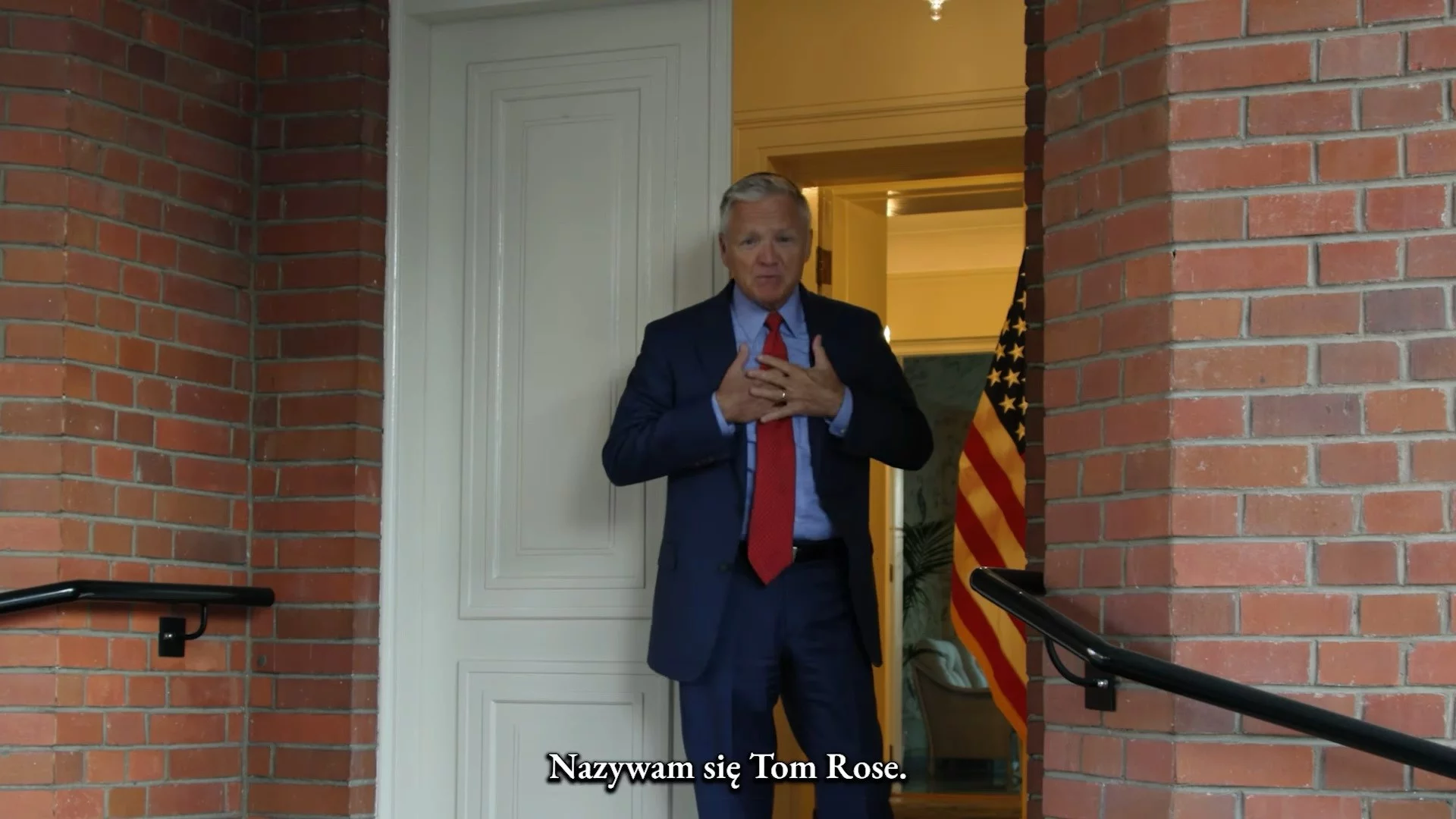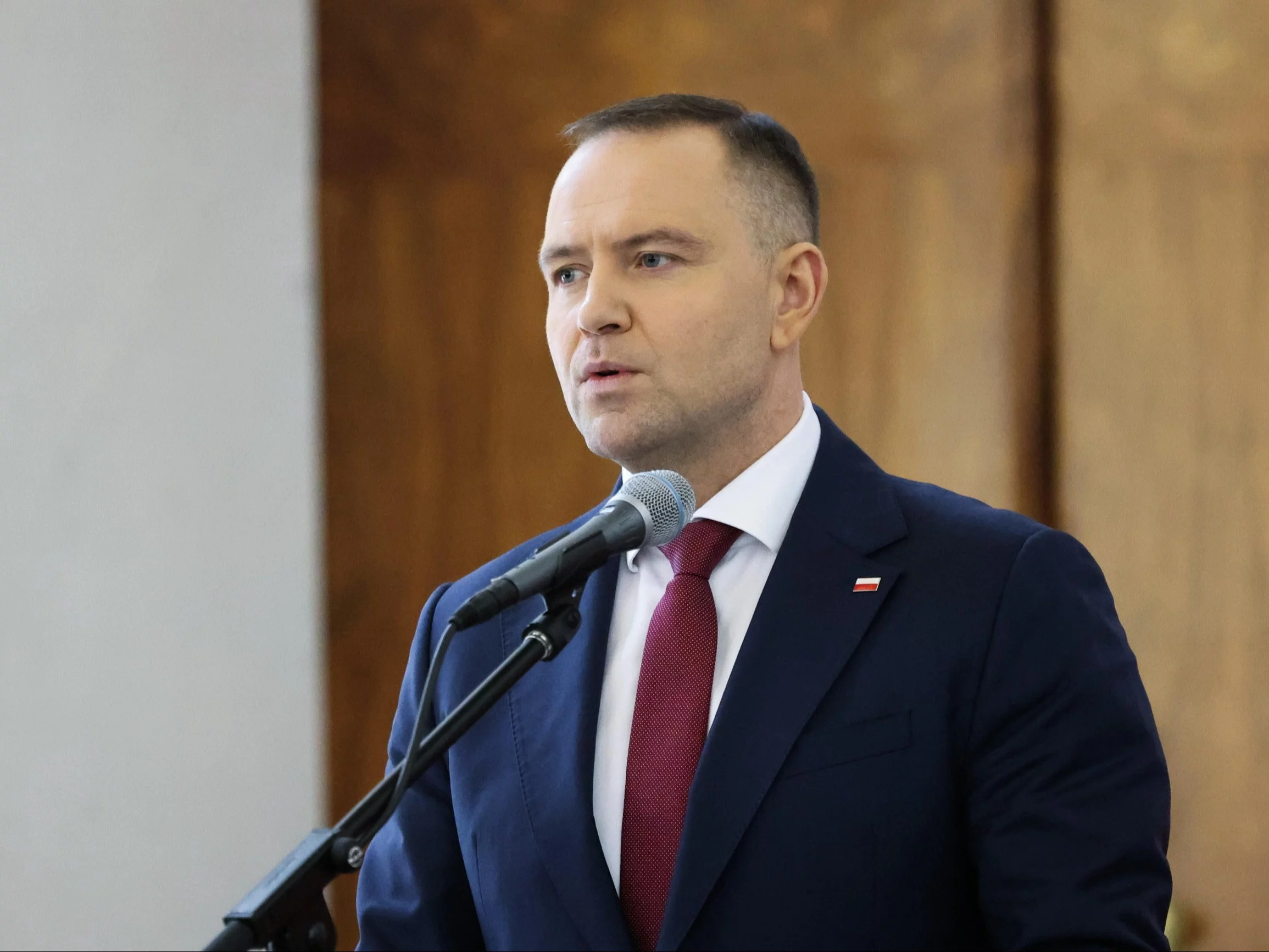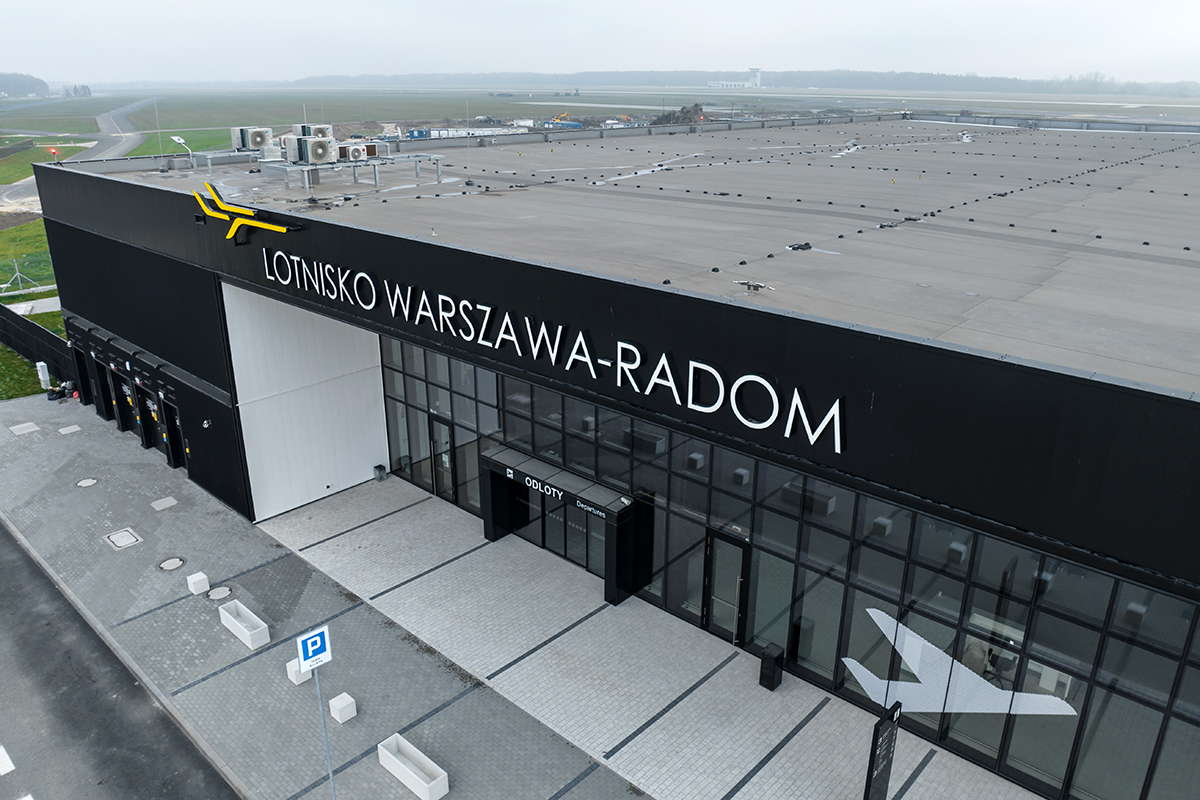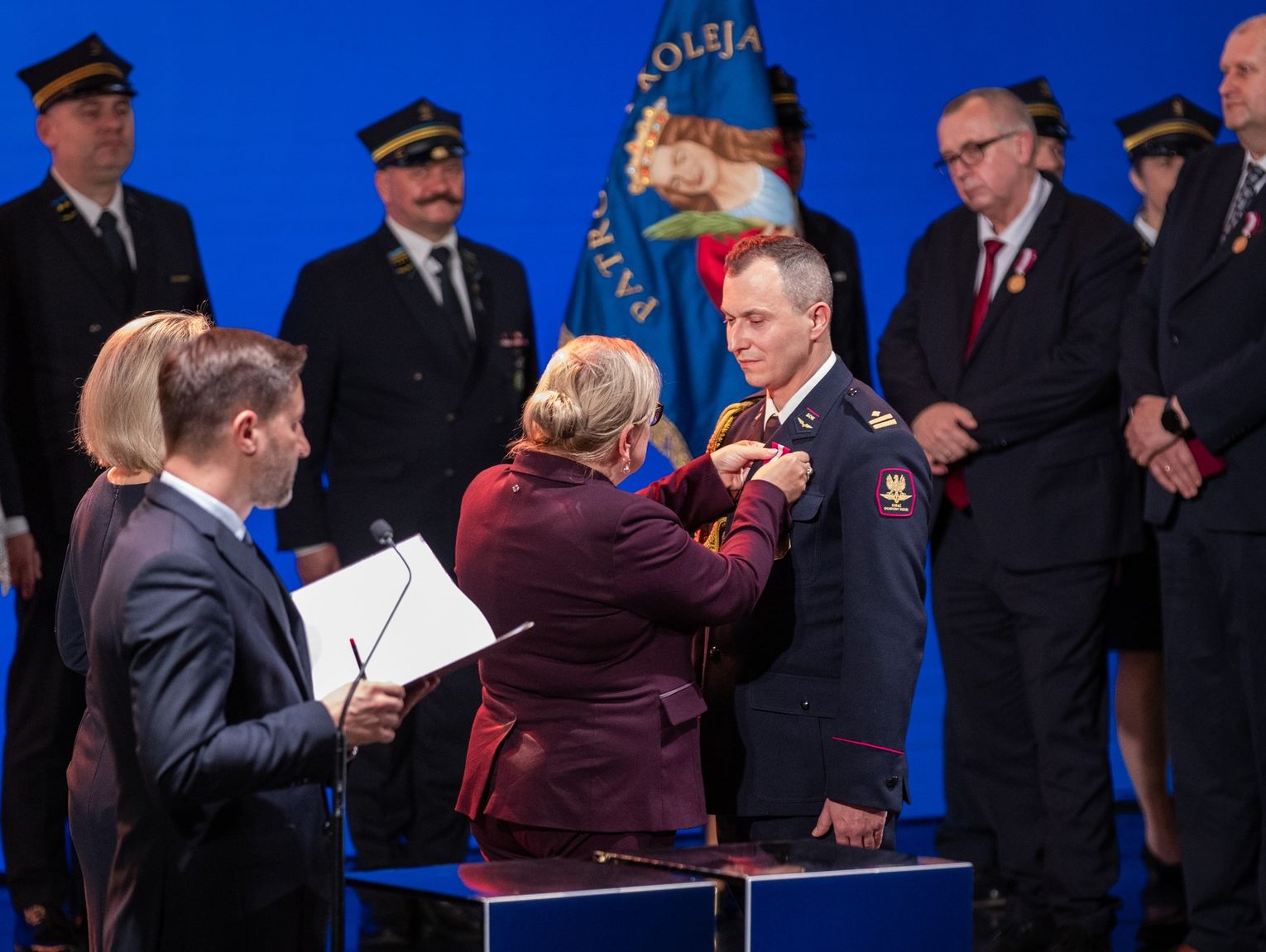
EVERETT- Boeing has officially begun production of the 777-8F wings at its advanced Composite Wing Center in Everett (PAE), marking a pivotal moment in the development of its next-generation cargo aircraft.
The initial fabrication of wing structures signals the first major manufacturing milestone for the 777-8F program, which aims for its first delivery in 2028. The new freighter is designed to succeed the 747-400F, with enhanced efficiency and reduced emissions.
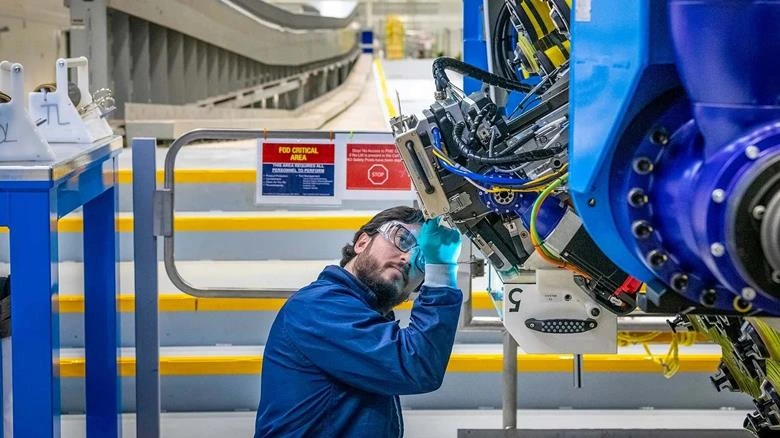 Photo: Marian Lockhart
Photo: Marian LockhartBoeing 777-8F Wing Production
The Boeing 777-8F represents a major evolution in widebody cargo aviation. As the latest variant in the 777X family, it combines high payload capacity with improved fuel and environmental performance.
On July 8, 2025, Boeing announced that the first structural components of the 777-8F’s wings, specifically, the 100-foot composite spars, have entered production at its Everett facility.
These composite wings are being manufactured using automated fiber placement (AFP) technology. This process involves layering strong, lightweight carbon-fiber plies, forming the primary support structure of the wing.
Alongside the spars, Boeing teams have also fabricated the wing skin panels and stringers, critical components that reinforce strength and shape.
The effort is supported by global suppliers. Key Japanese partners, including Mitsubishi Heavy Industries, Kawasaki Heavy Industries, and Subaru, are contributing major assemblies.
This global collaboration highlights the integrated nature of Boeing’s supply chain, which is essential to meeting the scale and complexity of building large aircraft.
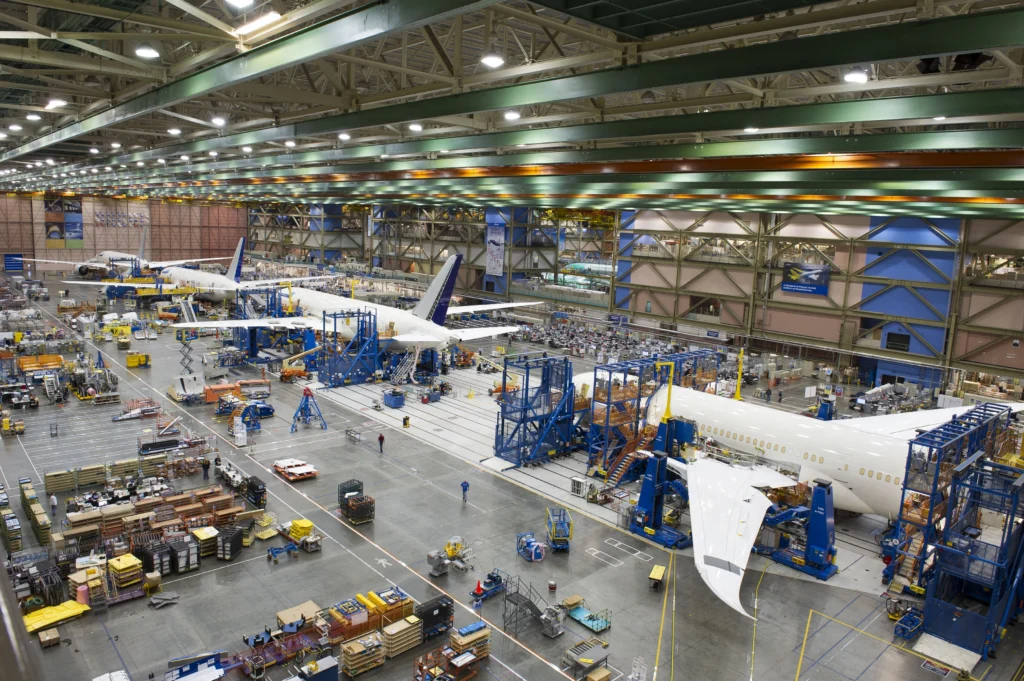 Photo: Boeing
Photo: BoeingEngineering Progress and Systems Testing
Beyond manufacturing, design and testing continue in parallel. Over 80% of the detailed engineering drawings that define the freighter’s final configuration have been completed.
Concurrently, subsystem designs and parts development are advancing rapidly. Boeing engineers are conducting extensive laboratory testing to validate each system prior to integration into the production aircraft.
This dual-track approach, design and production progressing together, reflects Boeing’s maturity in managing large-scale aerospace programs.
According to Defense Star, the 777-8F program remains on target for its 2028 delivery timeline.
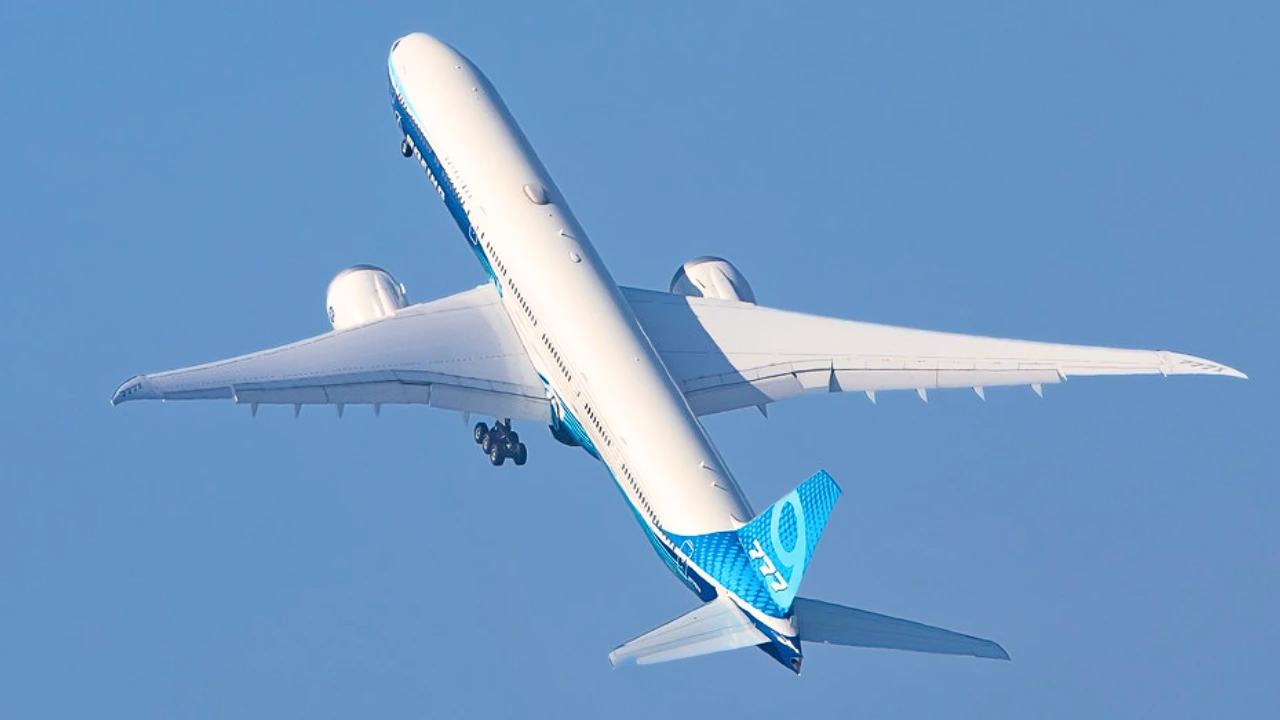 Photo: Clément Alloing
Photo: Clément AlloingOperational Benefits
The 777-8F is expected to revolutionize long-haul air cargo operations. With payload capacity nearly matching the legacy 747-400F, the twin-engine aircraft delivers dramatic gains in performance. It offers:
- 30% lower fuel use and emissions compared to previous models
- 25% reduction in operating costs per tonne
- 60% smaller noise footprint, addressing stricter airport environmental standards
These features align with airline priorities to modernize fleets, reduce costs, and meet global sustainability targets.
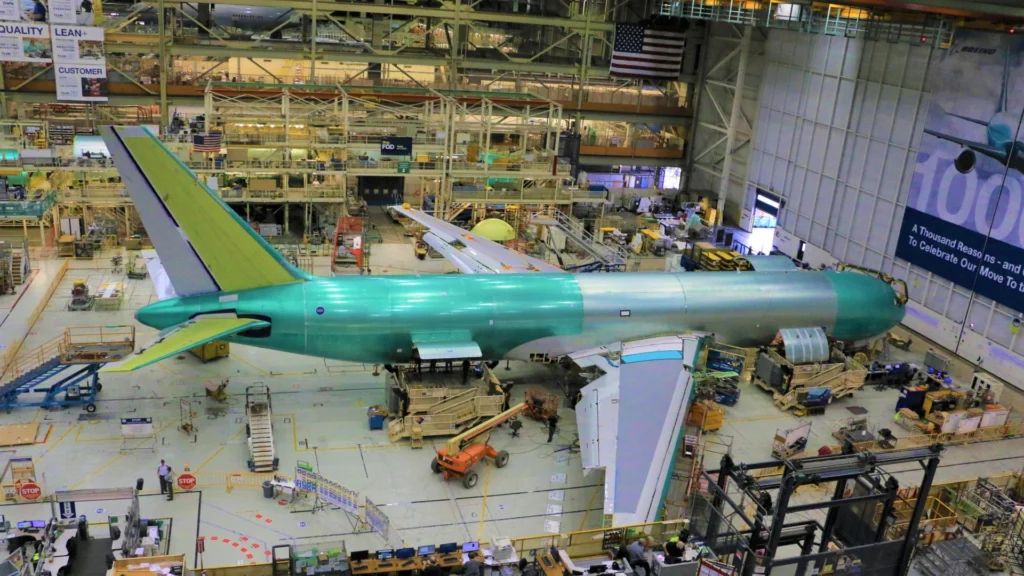 Photo: Boeing
Photo: BoeingMarket Demand
Boeing’s 2025 Current Market Outlook projects a 65% increase in the global freighter fleet by 2044. This includes the need for 885 new large widebody freighters.
The 777-8 Freighter is expected to fulfill a large share of that demand, thanks to its capabilities and reliability.
Since its 2022 launch, the aircraft has secured 59 confirmed orders, underlining its commercial viability.
Ben Linder, chief project engineer for the 777 and 777-8 Freighter, noted that Boeing freighters serve 90% of the global cargo market, adding that customers are depending on Boeing to deliver aircraft that can seamlessly replace aging 747-400Fs.
Stay tuned with us. Further, follow us on social media for the latest updates.
Join us on Telegram Group for the Latest Aviation Updates. Subsequently, follow us on Google News
Boeing 777X Certification Nears as it Moves Closer to Launch
The post Boeing Makes Wings of its New 777X Variants appeared first on Aviation A2Z.

 5 miesięcy temu
5 miesięcy temu

